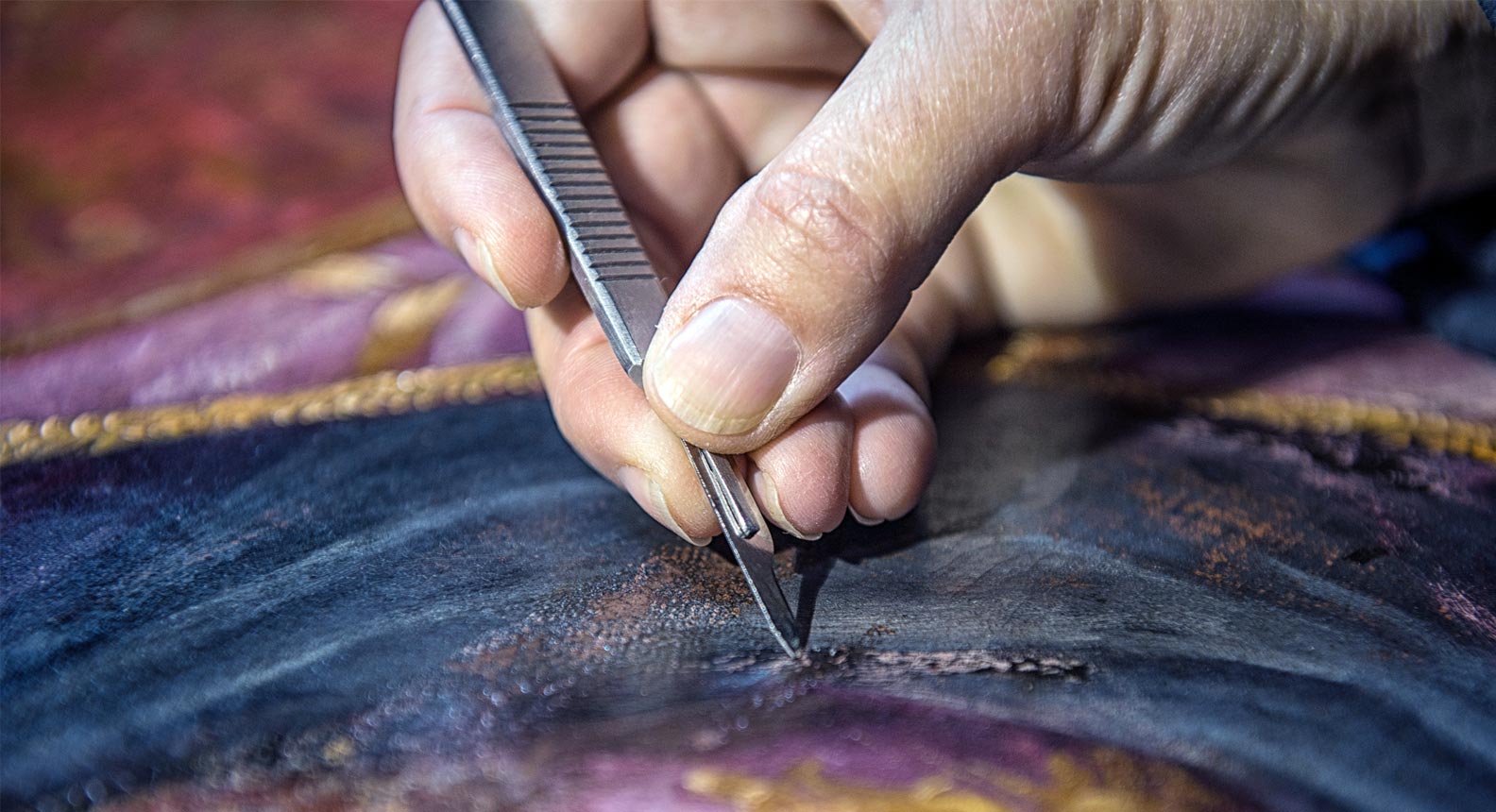Conservation Space evolved from discussions at workshops organized by The Andrew W. Mellon Foundation and the National Art Gallery Washington, Metropolitan Museum and many others, that identified the need for a system for the conservation community.
The Challenge
A well-designed software system that would facilitate the work of conservation professionals by creating, storing and extending documents with robust metadata had been lacking in the profession. Many institutions had adopted internally developed systems using off the shelf software solutions. Most conservation professional lack a centralized system for records management and storage.
Lacking such a system limits the conservators’ ability to efficiently create, capture, store, and retrieve vital documentation of cultural objects and also leaves important hard copy and digital assets at risk falling victim to inadequate record preservation policies, personnel changes, accident or natural or man-made disasters.
The Solution
A planning grant from the Mellon Foundation in 2010 enabled a group of museum conservators and information technology managers to come up with functional requirements for ConservationSpace.
The RFP was released in October 2012 and our company Sirma was selected as the developer of Conservation Space in February 2013.
The main goal for the release of ConservationSpace was to develop the software as a hosted multi-tenant application. In accord with Open Source requirements. Sirma developed a version of ConservationSpace that can be installed on institutional or hosted servers as a single-tenant application where a separate instance of the software is used by a single customer. Sirma created installation-ready versions that have the integration capabilities necessary for ConservationSpace’s future connectivity with third-party systems. Sirma developed an ontology that defines the domain of conservation business practices. Negotiations with the IIIF project allowed Sirma to expand the capabilities of the Mirador image viewer and those improvements are incorporated into ConservationSpace. They improved the user experience by enhancing the interface and interaction design.
Sirma developed the following functionality:
The ability to import data from collection and digital asset management systems Capabilities that facilitate both enterprise-level and user-level customization of system object templates and code lists Role-based security management controls, specific to each institution’s standards System object security controls permitting controlled access to sensitive documentation or data Adoption of image annotation standards in conformance with established protocols such as the International Image Interoperability Framework (IIIF) Dashboard customization capabilities for individual users Full workflow management capabilities to support the unique business processes of each institution Capabilities to support the use of locally preferred terminology by institutions Version management and rollback capabilities for key system objects Cultural and digital object record management and search/retrieval independent from the project/case/task system object hierarchy Reports on system status and activity Ability to print and export iDoc-based system objects
The Result
Tracked records on the performed conservation activities Better team collaboration and shared work on an art object Digitalization of all documents, images, links, legacy materials, etc. Significantly reduced manual work Automatically created reports Annotations on painting images and shared notes
Read more about the project here.


